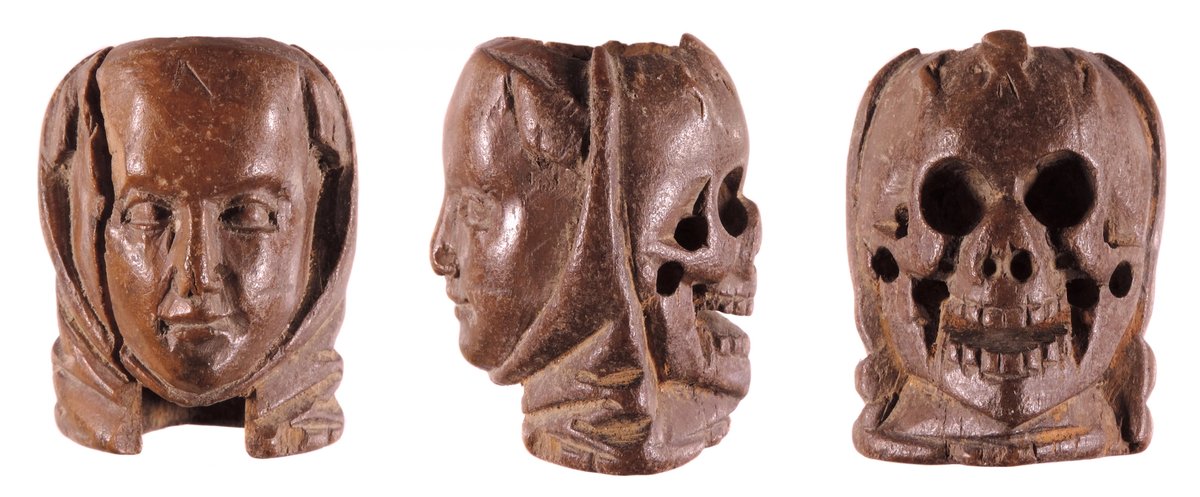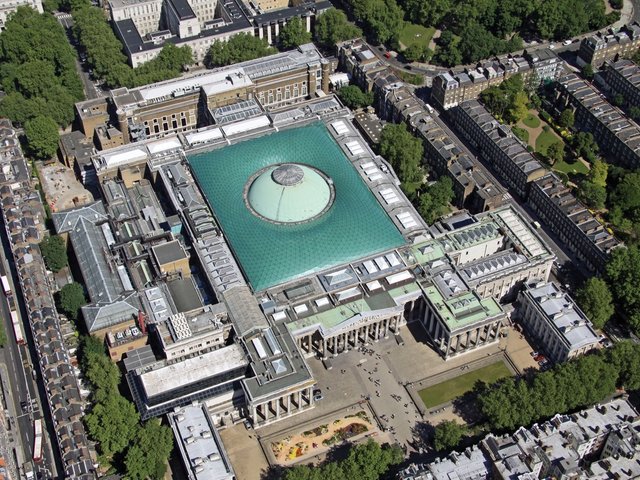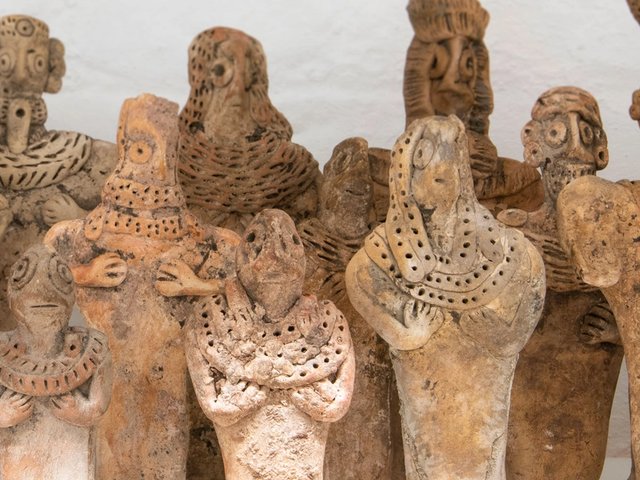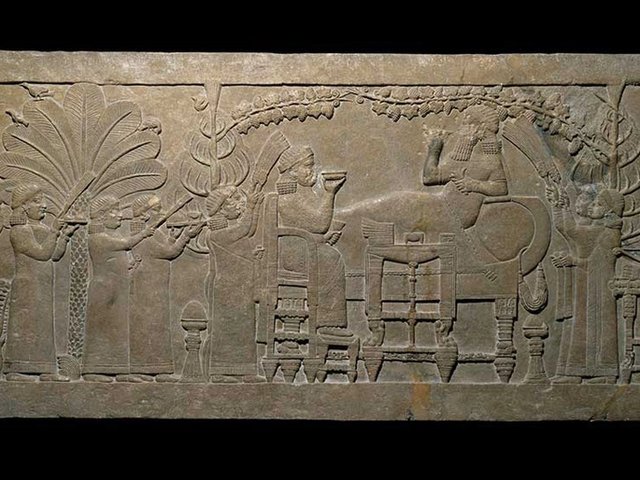A sinister medieval reminder that death waits for all of us, an intricately carved ivory bead showing a lovely young woman on one side and a skull on the other, is among the star objects in a record year for treasure and archaeological finds, in a report launched today (23 January) at the British Museum.
The bead may have come from a rosary broken more than 500 years ago, and was found by Caroline Nunnery, a licensed mudlarker on the Thames, who took up the hobby while recovering from illness, and regularly travels from her home in Brighton to scour the muddy foreshores at low tide. Nunnery’s find joined 53,490 other objects added to the database maintained by the British Museum in 2022, most voluntarily reported by metal detectorists, under the Portable Antiquities Scheme (PAS). Finds reported under the scheme, which has now logged almost 1.7 million objects, have helped identify thousands of previously unguessed at prehistoric, Roman and medieval sites.
Some finds were officially defined as treasure, which legally must be reported to a coroner under the Treasure Act (passed in 1996, and updated last year to include base metal finds of exceptional historic interest).
The haul includes a 3,000-year-old gold dress fastener found in Staffordshire by detectorist Jonathan Needham when he was metal detecting on farmland. British Museum scientist Laura Perucchetti and Early Europe curator Neil Wilkin confirmed that it was either a luxury import from Ireland or made by a skilled Irish goldsmith from one solid piece of metal with raised cone-shaped terminals. It is one of only seven of the type found in England and Wales, and will now probably be acquired by a local museum, with a reward shared by the landowner and Needham.

A pre-historic hollowed-out flint, full of gold coins with a horse design on them, was one of the most impressive finds logged in 2022 British Museum
Another find was a cunning example of Iron Age upcycling, a football-shaped flint with a natural hollow interior, found in East Garston in West Berkshire, repurposed as a moneybox with a hoard of tightly packed gold stater coins, dating from 50BC to 20BC, with a design of a running horse.
Other such flint hiding places are known, including one from Westerham in Kent already in the British Museum collection. Pippa Pearce, a senior conservator at the British Museum, says coins from hoards need careful cleaning at the museum before their details could be read and their significance understood: “Every coin is a miniature document.”
Mark Jones, the interim director of the museum, says the institution is proud of its role managing the PAS and managing the Treasure Act. “The information about finds is being recorded by the PAS to advance knowledge of past peoples, where and how they lived. As such, it reflects every part of human history, from the palaeolithic to more modern times, across the whole of England and Wales.” His explicit support for the scheme will be welcomed by the network of regional finds officers, since the funding of the scheme has been threatened several times in the past.





